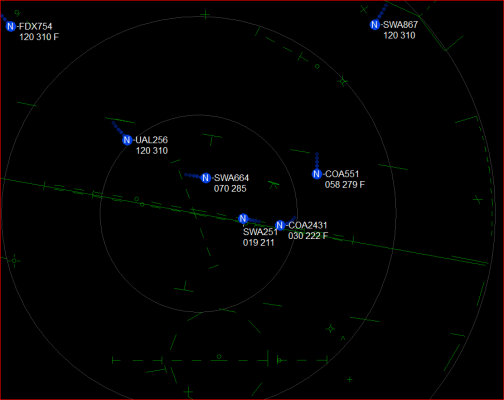backinblue
Guru
- Joined
- Jan 29, 2019
- Messages
- 3,937
- Location
- USA
- Vessel Name
- Blue Moon
- Vessel Make
- Mainship Pilot 355
I know most boaters mount their radar high for better operation and less obstruction. I get it. However I don't want my radar up on my mast. It makes it very difficult to lower the mast, also makes the dome susceptable to damage while lowering it.
I am debating mounting it just below the windscreen on my flybridge. I know I will lose some, if not all my rear looking capacity and that doesn't concern me. My issue is what might the radar do to my body, or the body parts of the Admiral. We are both in our seventies so are not too concerned about reproduction but there are other things which might concern us (Cancer, eye damage, nerve damage, etc). There used to be a lot of worry or discussion about cordless phones cooking your brain, I have not heard much of this lately though.
Any thoughts ?
pete
Since the OP says that it's acceptable to lose some or all of his rear-looking capability, why not see if the radar can be programed not to transmit in that direction and thereby not have to worry about the difficulty in lowering the mast? Also, not to be picky, but it's "affect" not "effect" in this case.


 to and from fishing even in thick fog. Being aware of them, even coming up from behind is a good thing!!
to and from fishing even in thick fog. Being aware of them, even coming up from behind is a good thing!!

